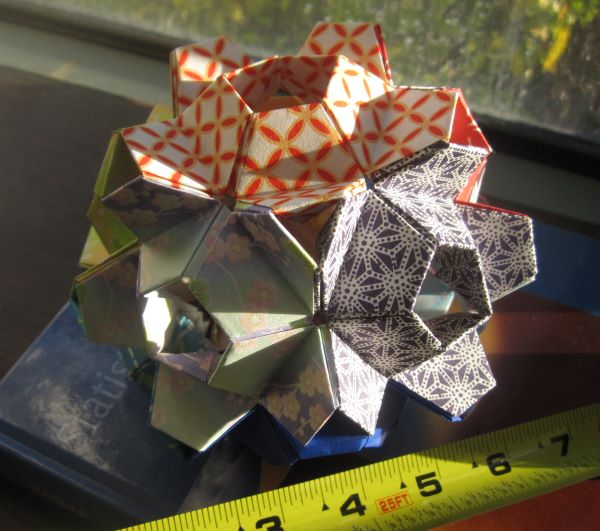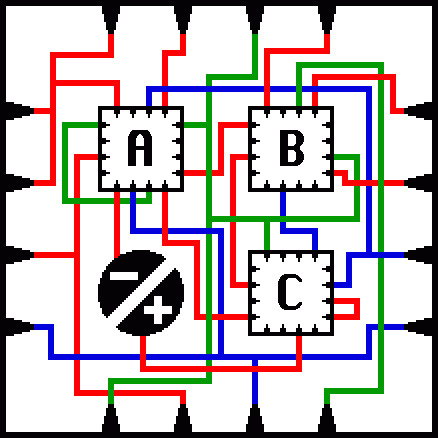
Little Turtle by Tomoko Fuse
Sorry to disappoint people who were expecting a turtle! That’s just what the model is called. If you want a turtle, go look at this one.
This is a fairly old photo, from 2014. I can tell just based on the photography sensibility. I just put the model on top of the textbook I was using as a flat surface for folding, and put a tape measure in there for scale.


